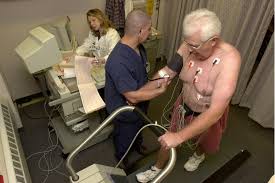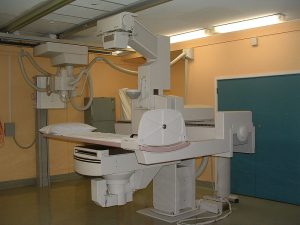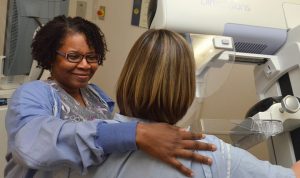Quick Refresher for X-ray Techs: Cardiac Screening Guidelines

Screening Tests for Coronary Artery Disease
Coronary artery disease is the most common type of heart disease. It occurs when plaque builds up in the arteries that supply the heart muscle. The American Heart Association has outlined key screening tests to monitor cardiovascular health. Cardiac screening guidelines include the following tests to detect CAD in people with no signs and symptoms:
- Serum lipids
- Blood glucose
- C-reactive protein (indicator of swelling or inflammation)
- Blood pressure




